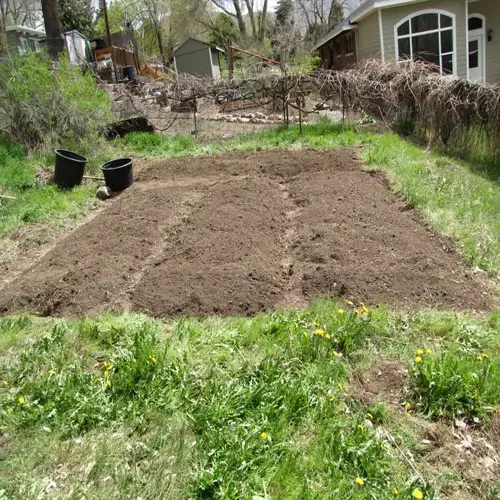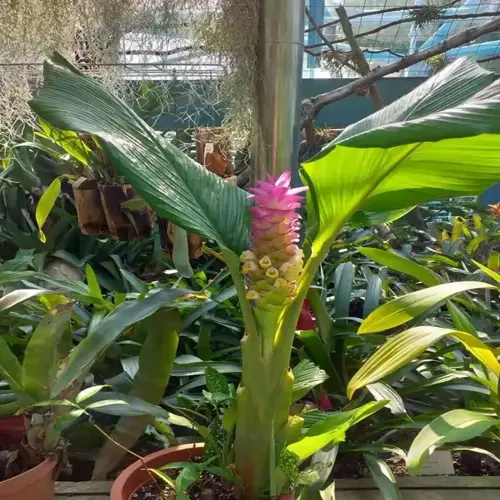How long does root development take in new cuttings?

Written by
Julia Anderson
Reviewed by
Prof. Charles Hartman, Ph.D.The timing of root development is species- and environment-dependent. In my propagation experience, Sedums rooted quickly enough for me after fourteen days, while Haworthia vryheidensia's roots took six weeks to appear. Temperature is critical - cuttings at 75°F root almost 30% faster than cuttings at 65°F. Light quality can speed up or delay visible growth by several days.
Temperature Control
- Maintain 70-75°F (21-24°C) with heating mats
- Avoid fluctuations greater than 5°F daily
- Cooler nights slow metabolic processes
Light Optimization
- Provide 14-16 hours of bright indirect light
- Use full-spectrum grow lights at 2000-3000 lux
- Rotate plants daily for even exposure
Rooting Hormones
- Apply powder hormone to slow-rooting varieties
- Use natural alternatives like aloe vera gel
- Avoid excessive concentrations that damage tissue
Moisture Management
- Keep soil surface barely moist not wet
- Mist only when top layer dries completely
- Use humidity domes in arid climates
Environmental monitoring helps predict rooting speed. To accomplish this, I needed simple tools, such as soil thermometers and light meters, to ensure optimal conditions. Maintain soil temperatures at 75°F and a light intensity of 2000 lux or higher for optimal cell division rates. Check daily for signs of soil drying out or temperature drop and prevent issues.
Visual cues are representations of successful root initiation. You'll notice some leaf thickening as cuttings take in moisture - this is a good sign. Then, you may see the beginnings of roots - root nubs - appear white or pink at the calloused end. It's tempting to check on cuttings, but leave them undisturbed. Patience is crucial in minimizing the risk of damage to the fragile new root cells.
Delays in progression necessitate the identification of a cause. A slow rate of growth in warmer conditions suggests that insufficient light is the cause. Not making any new growth in bright conditions means it's too cold. I keep a propagation journal that tracks conditions and results. This enables the refinement of methods for various species.
A species-specific strategy, they each optimize results. For my fast-growing varieties, I conduct weekly moisture checks, while slower-growing varieties are checked less frequently. I save the cuttings into groups by type so I can group care. Jade plants benefit from weekly misting, while Haworthias only need watering about once every two weeks.
Timing the transition will depend on the development of roots. Wait for transplantation until you've seen the secondary roots begin branching off from the main roots. Carefully lift the cuttings to check their development, being careful not to tear the roots. This will help ensure an established plant when housed in a permanent container. Your patience will be rewarded with strong plants!
Read the full article: How to Propagate Succulents: A Complete Guide

